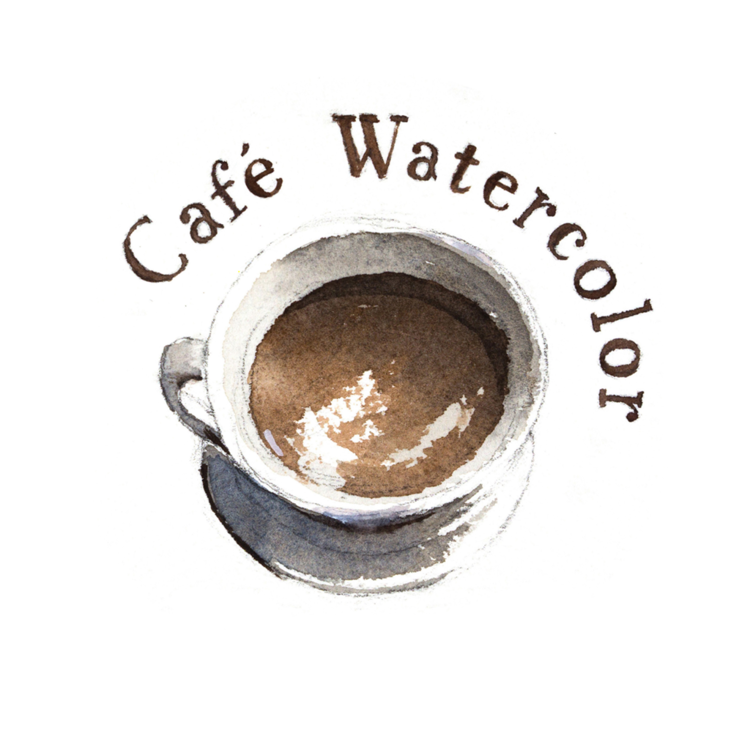Many people have problem with putting down too many details. The painting starting to look too busy and sometime messy. But having details is not a bad thing, you just need right amount of it and in the right place.
We are wired to look for detail, especially in this day of age where everything is High Definition. From our old CRT television that's roughly 420p, to now 4k television. It seems that we always trying to look for more information. What I find it interestingis that everyone is trying to stands out in the midst of all these overwhelming information. You can see that with the traffic light, billboard, shop sign, yellow cab, and even the DIY garage sell signage! But when it comes to your painting, you have the control over their eyes.
Here's a very important concept:
How much time we spent on painting something will be result in how much time you have your viewer's attention.
You always need to think about how the viewer is going to look at your painting. The work in progress stage matters a little to them, and they most likely won't be seeing them. So you have to compose your painting and think about how the end result is going to look like! Here are a few tips when it comes to details:
- Your details should be the focus of your painting
This is very basic, as your viewer's eyes will slow down a lot more when they see details. They will naturally try to read and define what they see. It is a powerful thing, and you should use that to your advantage. Your painting should have a focus point where you want to your viewers to go to. Places like background, things in the distance and in the immediate foreground should have limited detail and contrast.
- Take a pause and step back often when you paint
This is important! Because our eye focus on one thing at a time, when you are painting something, your eyes will only focus on that area. Even when you are just painting the background, your eyes are focus on it at that moment. It is very easy to get lost into the detail of the background especially if you have a detailed photo reference. You need to step back and look at the whole picture often.
- Find your own pace
Watercolor is from light to dark, and most artists paint from background to foreground. While that's what I do too, it doesn't hurt to find your own way to approach the painting. Because the background is the first thing we paint, many people use all their energy on it without reservation. So sometimes I quickly painted the background in, and at some point during the second wash I start painting some detail (cars, figures, eyes when I'm painting portrait). I find that relief some of my energy and attention. I move back to background and other places when I starting to get a bit tire. It is your painting you can approach it anyway you like. As long as you have a solid composition in mind, you will end up with a successful painting.
- Think about visual language
Visual language is vital for your painting. Often people try to paint so much detail because they believe this leads to realism and believability, but that's not so. Visual language is something you develop to communicate with the viewers by providing the the needed information for them to read your image. It takes lot so of practice and study to develop your own visual language. But it is something you should always think about.
Detail is needed in your painting. Without detail, your painting will feel unfinished. The key is not to avoid detail, but to take them out when they are not needed and put them where it will serve its purpose.

